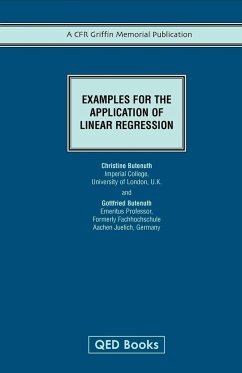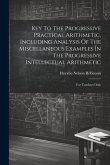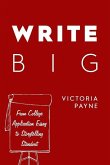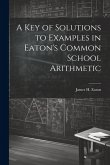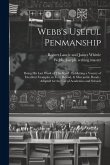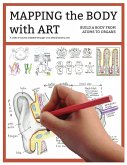The CFR Griffin Memorial Fund was set up to assist science students - this monograph helps bridge the gap between school and university and provide first year College students with a ready guide to new concepts. Education in the natural sciences, particularly in practical studies requiring the acquisition of data either inside or outside the laboratory, uses two approaches. The approach first encountered, normally at school, demonstrates a known fact, e.g. that the extension of an elastic spring has a linear relationship to the load it carries. The purpose of the experiment is to demonstrate a particular aspect of that relationship. This "simple" approach has been very successfully used to teach many scientific laws but it is insufficient for preparing the scientist for practical work at college and later in professional life. At this stage it is far better to search for a quantitative description that fits the data reasonably well and has been used else where in science, engineering or medicine for describing processes that have a known explanation. Such descriptions may not exactly follow all the data, nor exactly follow all the data over its entire plot, i.e. they fit the data approximately, but they have known explanations. These descriptions and their use are called approximation functions. Thus one of the main reasons for using an approximation function is to link identifiable processes that may be relevant to the process being studied. Learning to use approximation functions, and designing experiments to do so, is what this book aims to assist.
Hinweis: Dieser Artikel kann nur an eine deutsche Lieferadresse ausgeliefert werden.
Hinweis: Dieser Artikel kann nur an eine deutsche Lieferadresse ausgeliefert werden.

